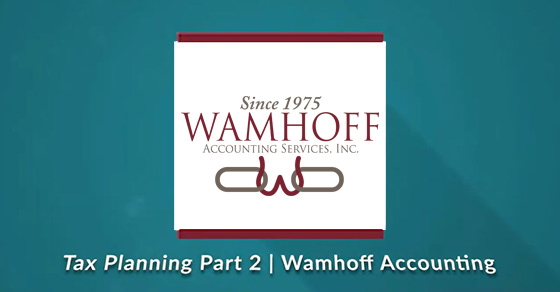As part of a year-end budget bill, Congress just passed a package of tax provisions that will provide savings for some taxpayers. The White House has announced that President Trump will sign the Further Consolidated Appropriations Act of 2020 into law. It also includes a retirement-related law titled the Setting Every Community Up for Retirement Enhancement (SECURE) Act.
Here’s a rundown of some provisions in the two laws.
The age limit for making IRA contributions and taking withdrawals is going up.
Currently, an individual can’t make regular contributions to a traditional IRA in the year he or she reaches age 70½ and older. (However, contributions to a Roth IRA and rollover contributions to a Roth or traditional IRA can be made regardless of age.)
Under the new rules, the age limit for IRA contributions is raised from age 70½ to 72.
The IRA contribution limit for 2020 is $6,000, or $7,000 if you’re age 50 or older (the same as 2019 limit).
In addition to the contribution age going up, the age to take required minimum distributions (RMDs) is going up from 70½ to 72.
It will be easier for some taxpayers to get a medical expense deduction.
For 2019, under the Tax Cuts and Jobs Act (TCJA), you could deduct only the part of your medical and dental expenses that is more than 10% of your adjusted gross income (AGI). This floor makes it difficult to claim a write-off unless you have very high medical bills or a low income (or both). In tax years 2017 and 2018, this “floor” for claiming a deduction was 7.5%. Under the new law, the lower 7.5% floor returns through 2020.
If you’re paying college tuition, you may (once again) get a valuable tax break.
Before the TCJA, the qualified tuition and related expenses deduction allowed taxpayers to claim a deduction for qualified education expenses without having to itemize their deductions. The TCJA eliminated the deduction for 2019 but now it returns through 2020. The deduction is capped at $4,000 for an individual whose AGI doesn’t exceed $65,000 or $2,000 for a taxpayer whose AGI doesn’t exceed $80,000. (There are other education tax breaks, which weren’t touched by the new law, that may be more valuable for you, depending on your situation.)
Some people will be able to save more for retirement.
The retirement bill includes an expansion of the automatic contribution to savings plans to 15% of employee pay and allows some part-time employees to participate in 401(k) plans.
Also included in the retirement package are provisions aimed at Gold Star families, eliminating an unintended tax on children and spouses of deceased military family members.
Stay tuned
These are only some of the provisions in the new laws. We’ll be writing more about them in the near future. In the meantime, contact us with any questions.






